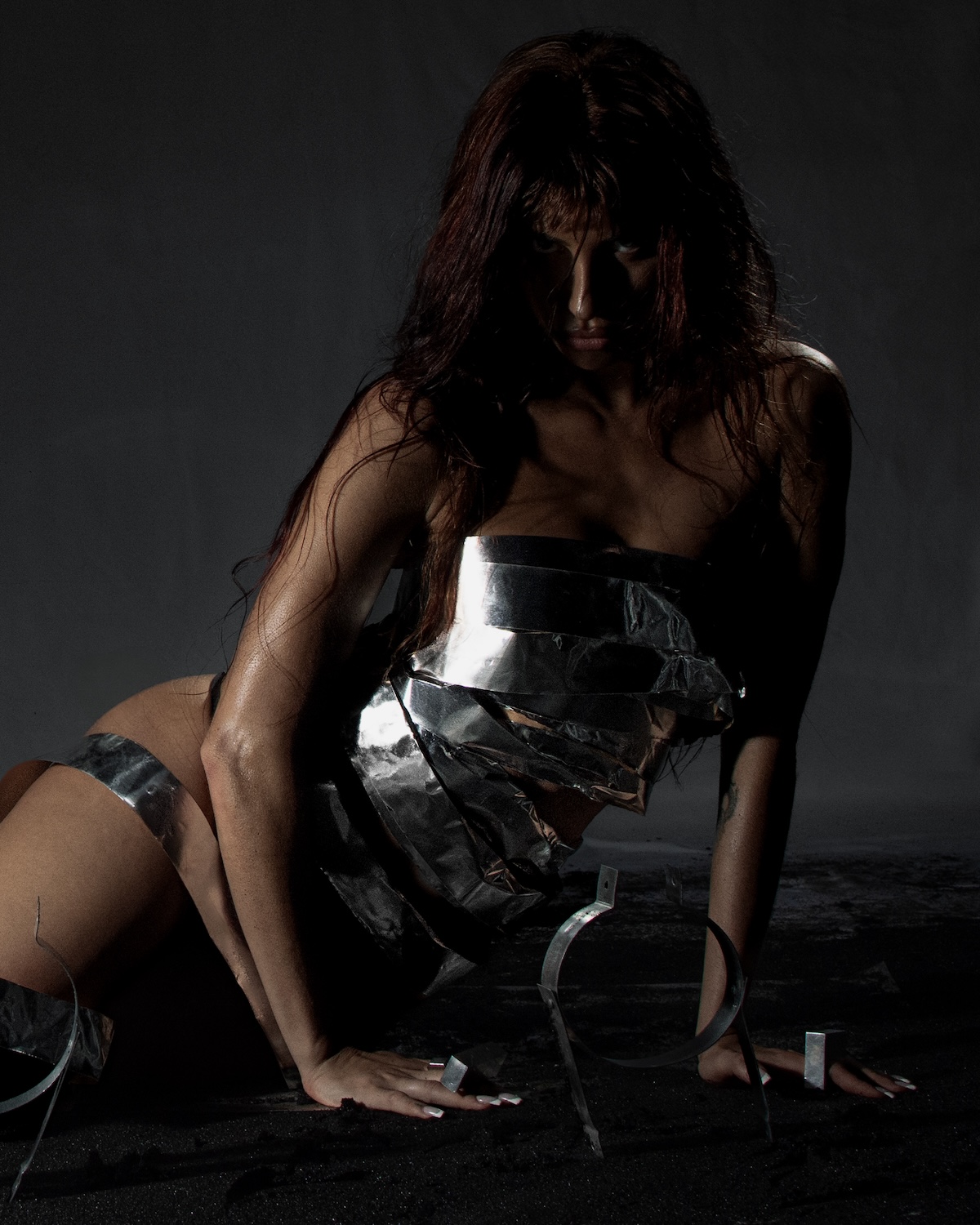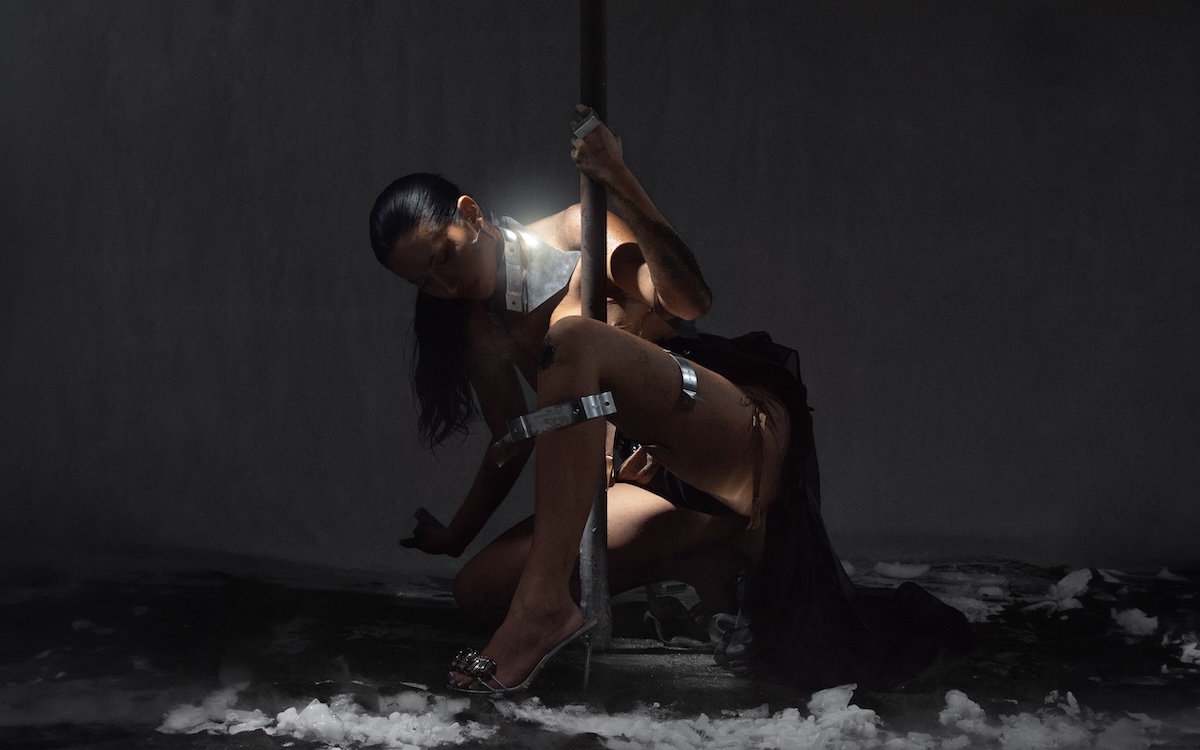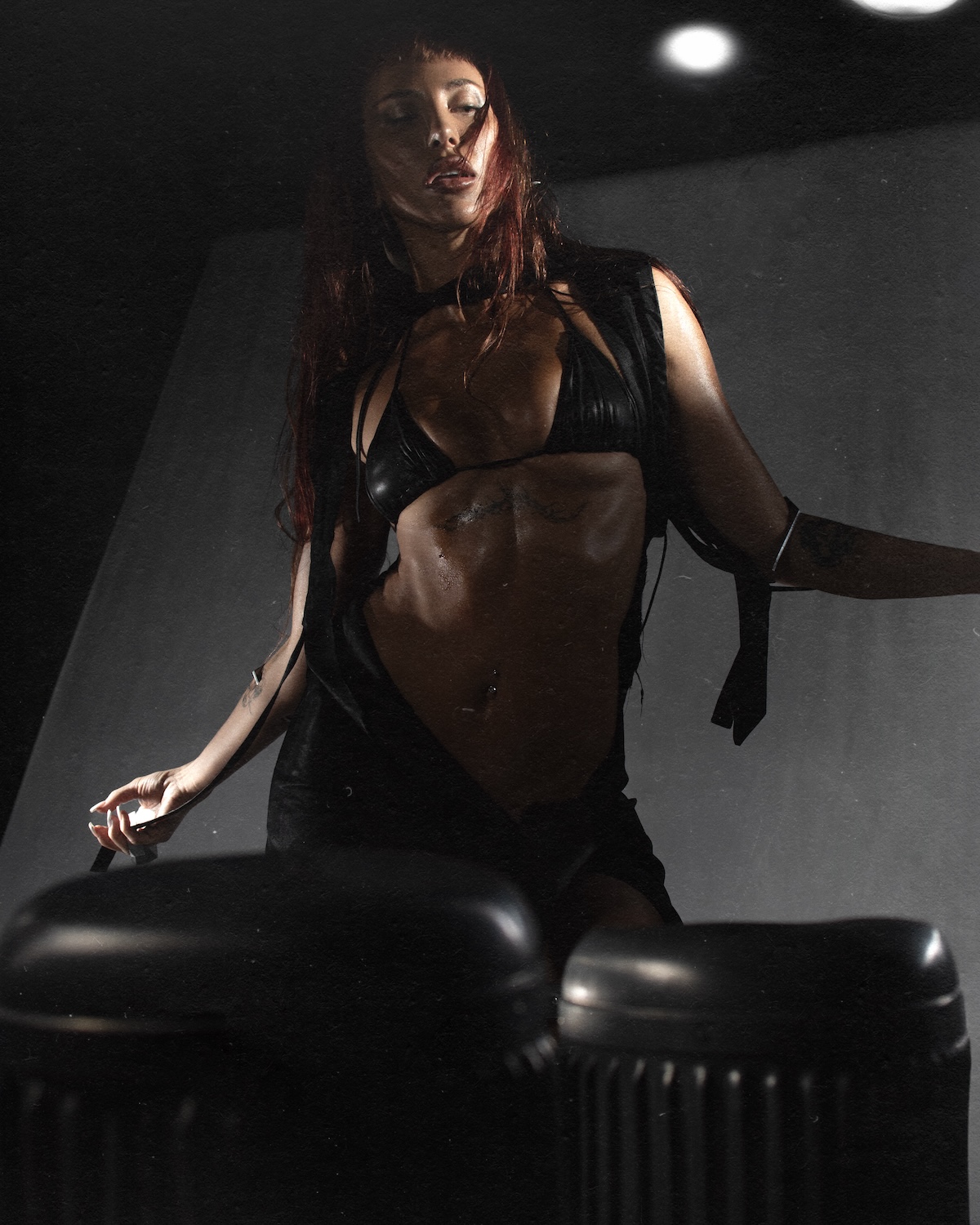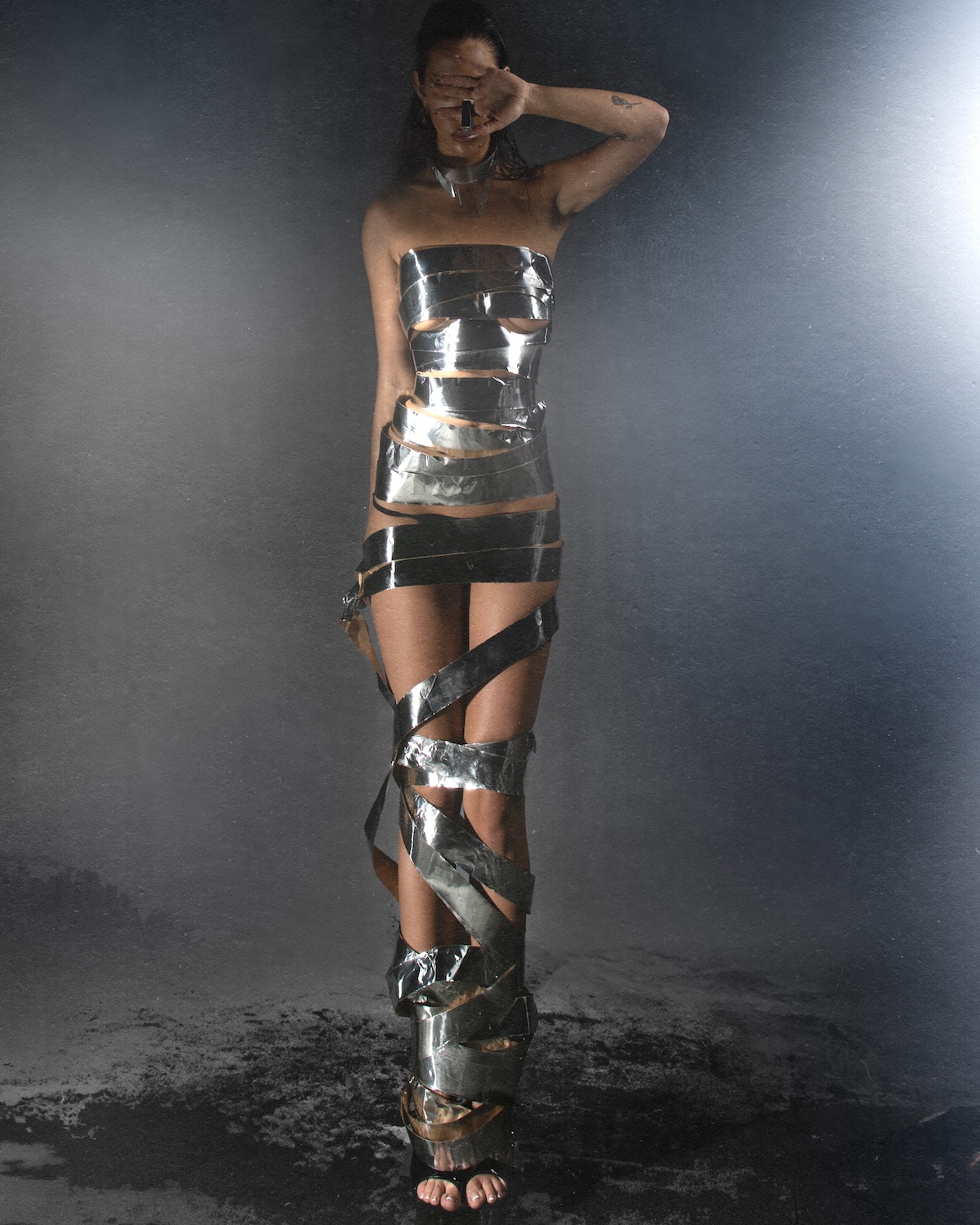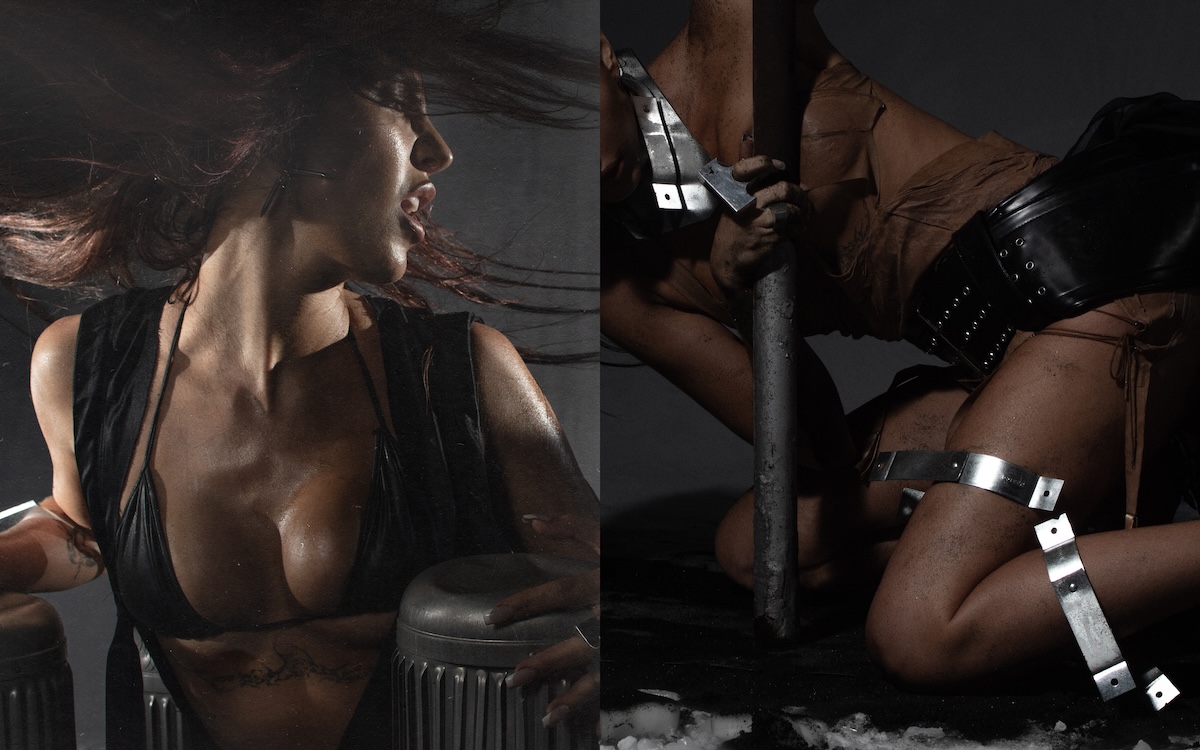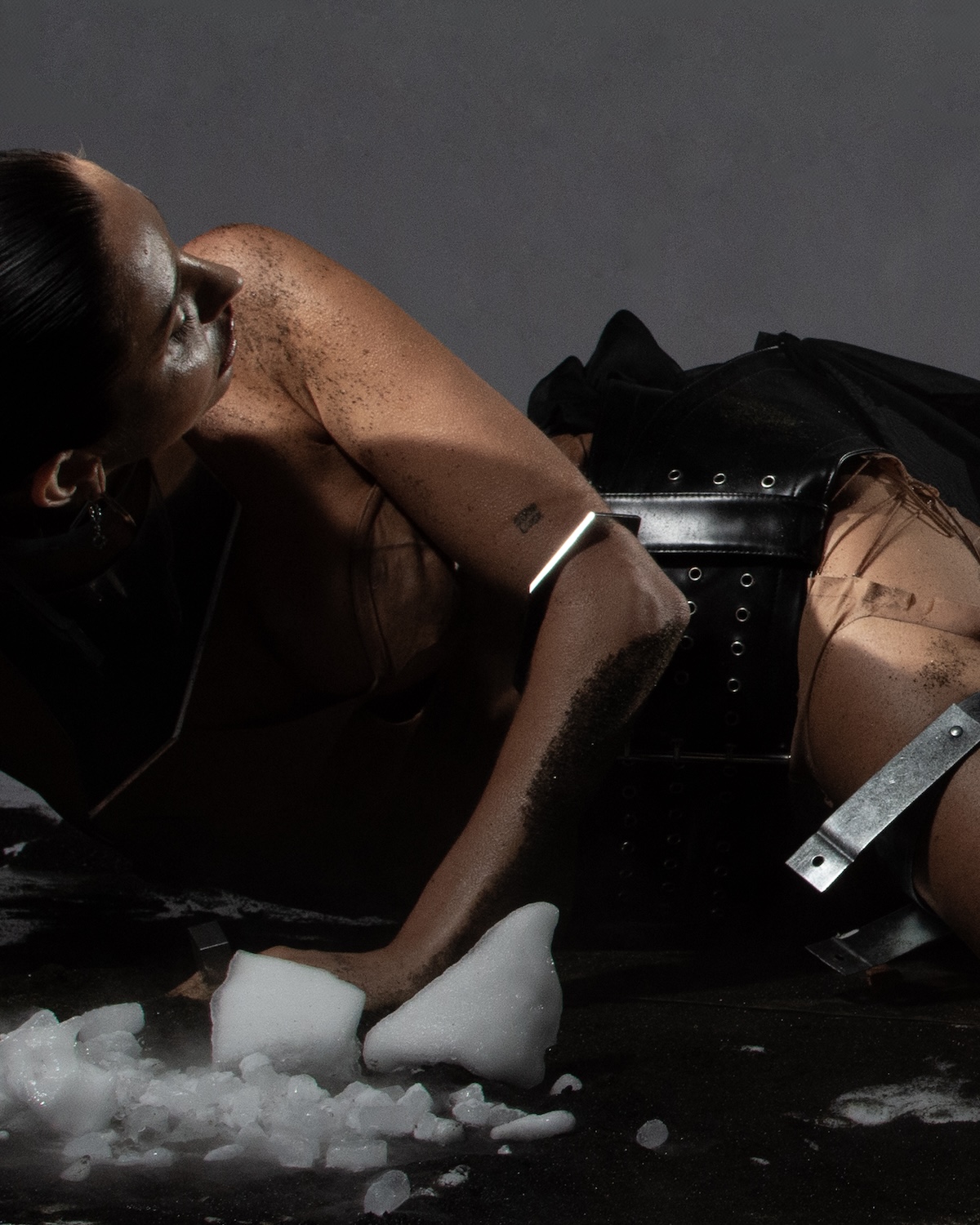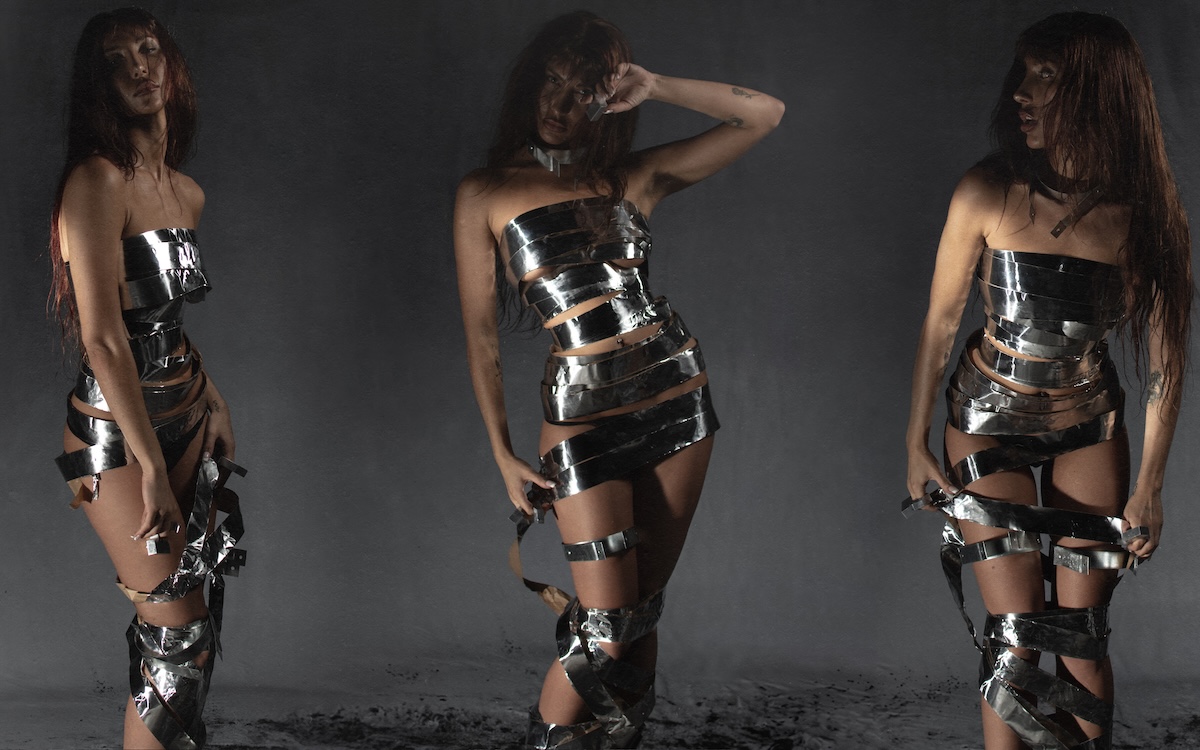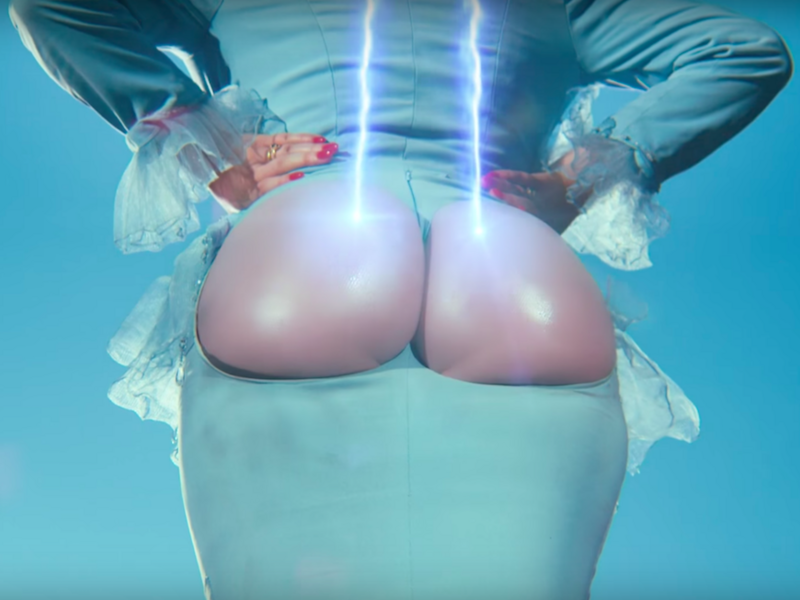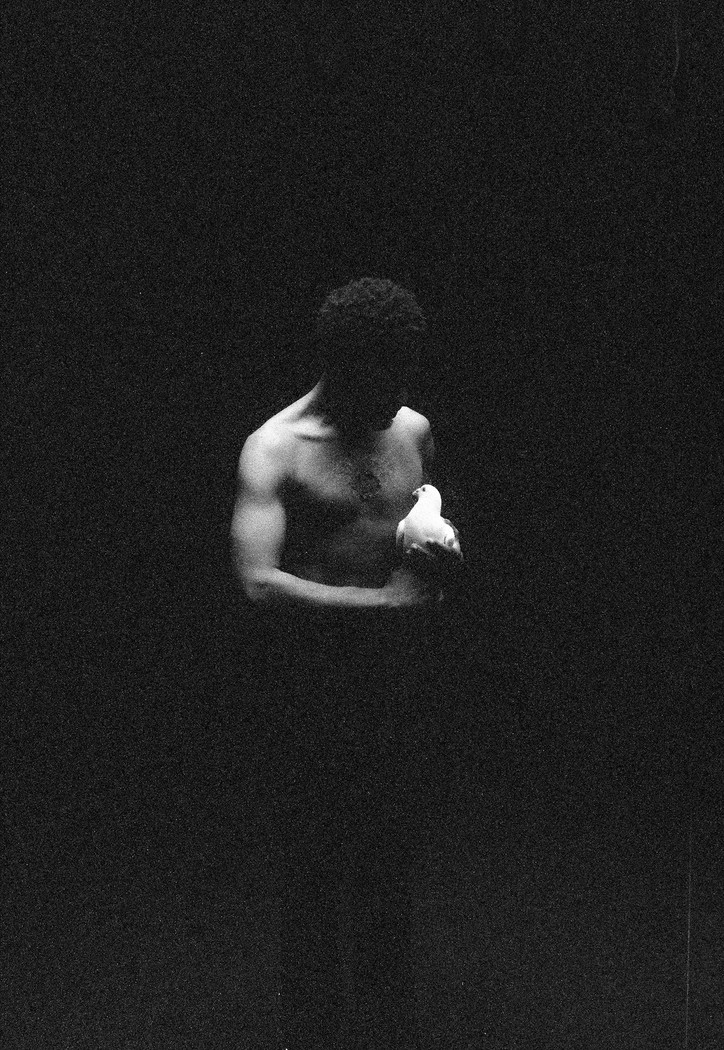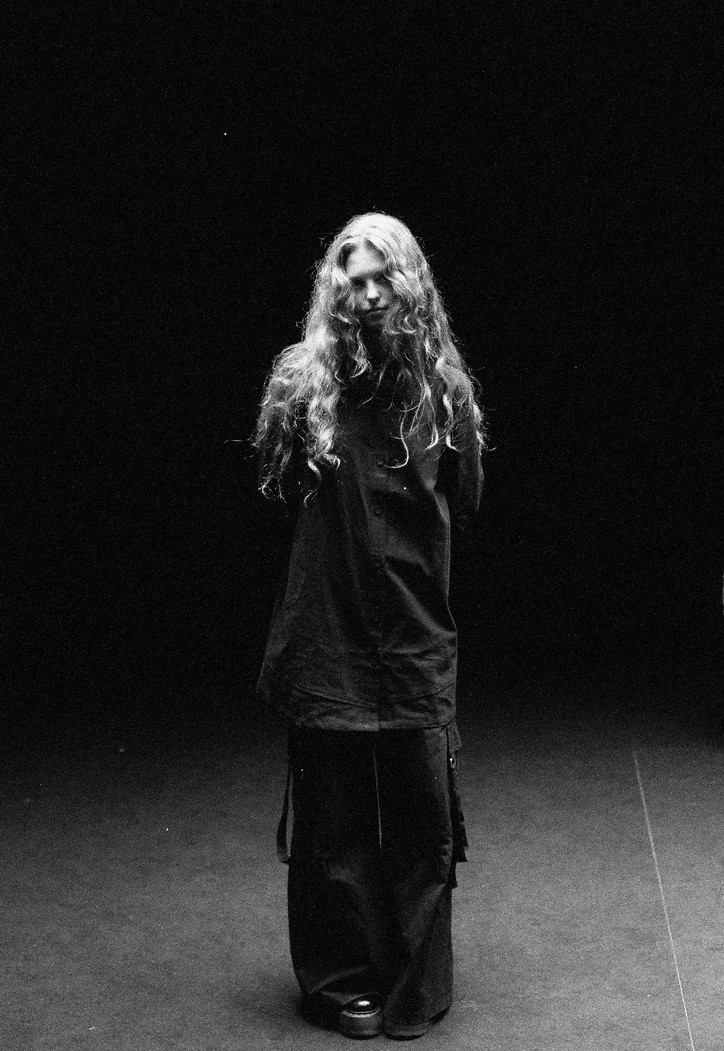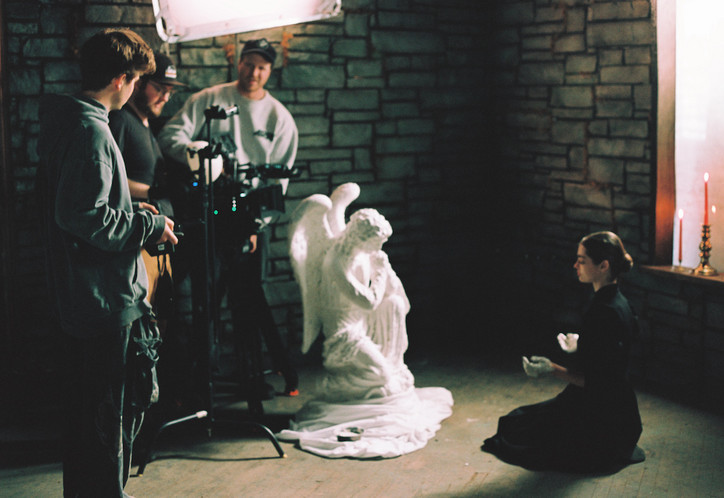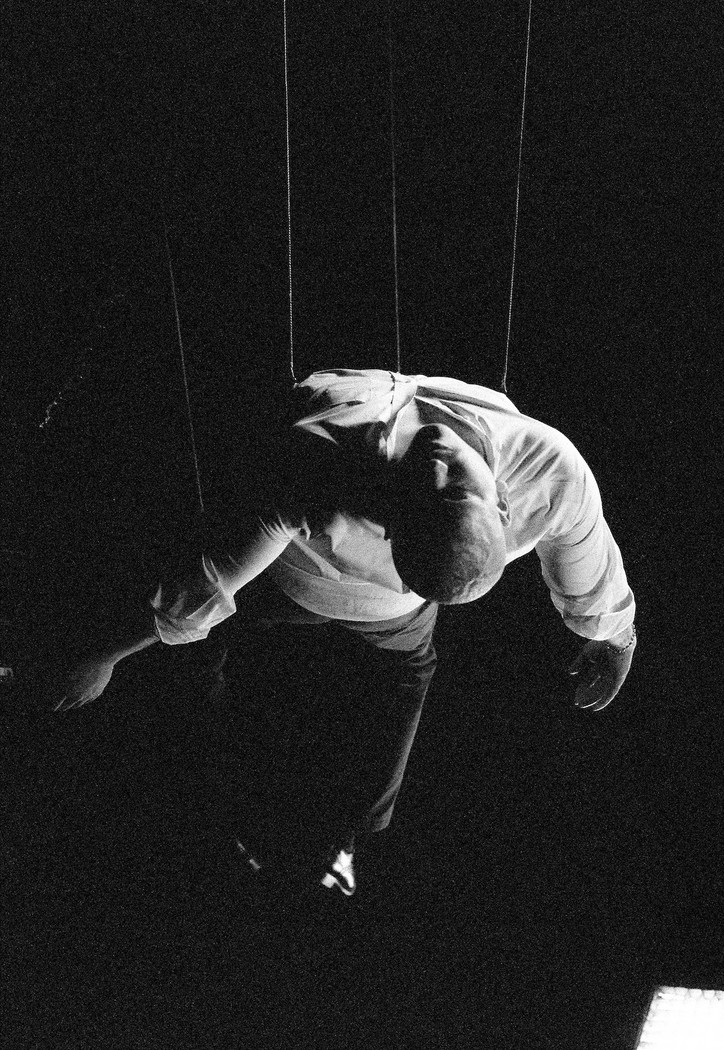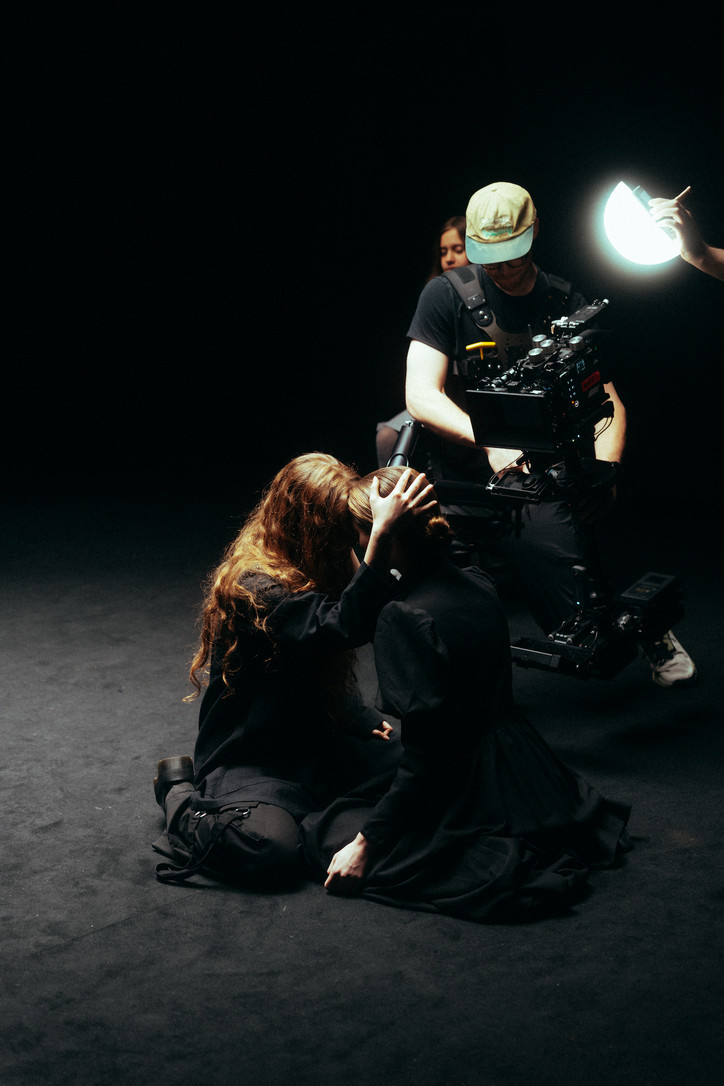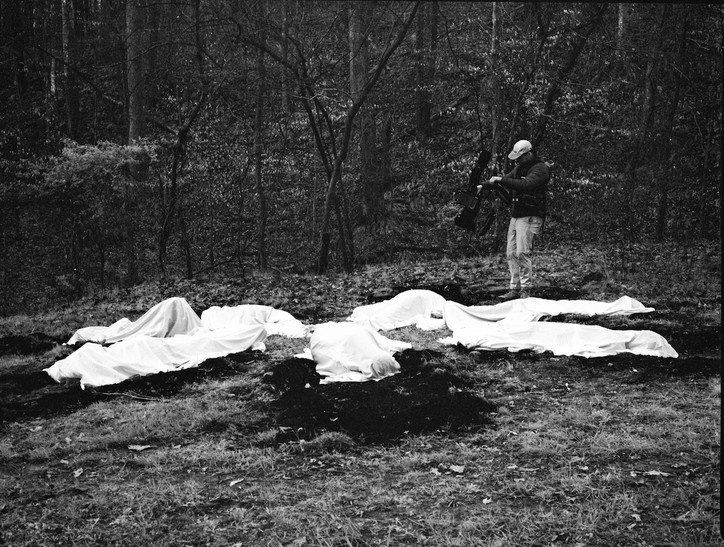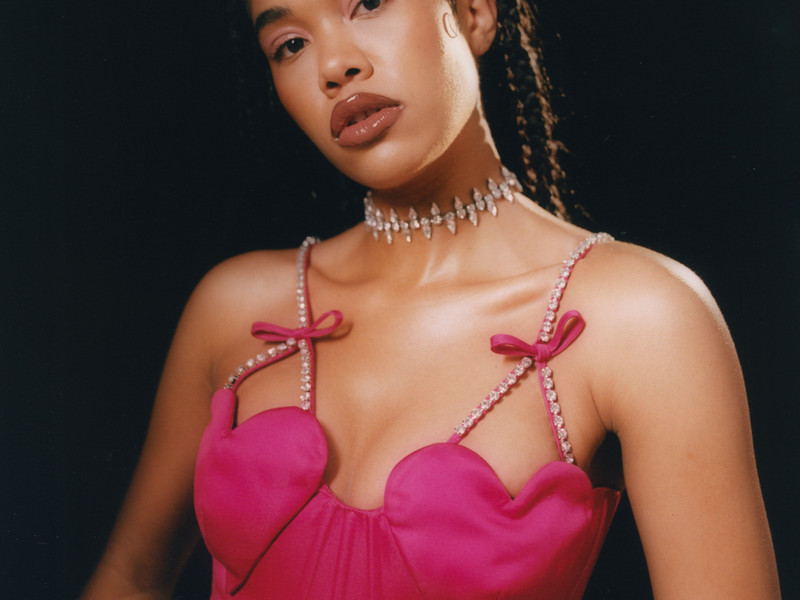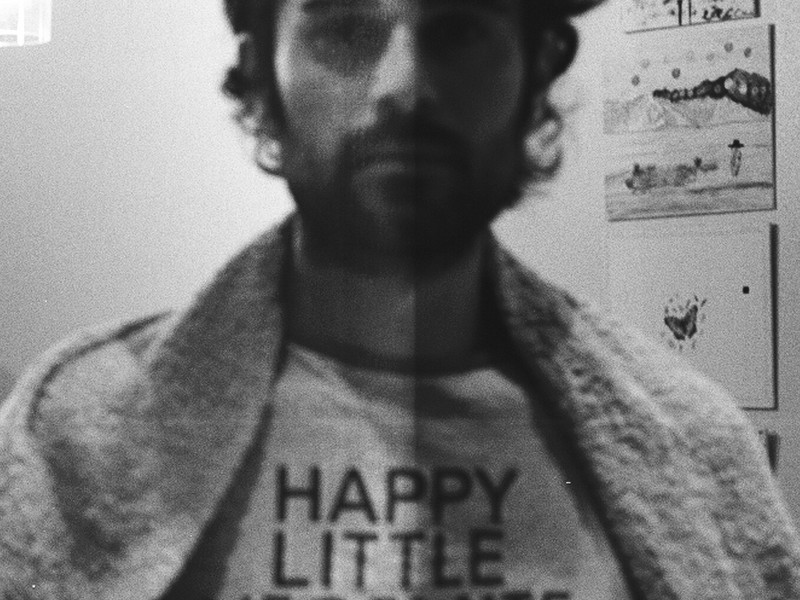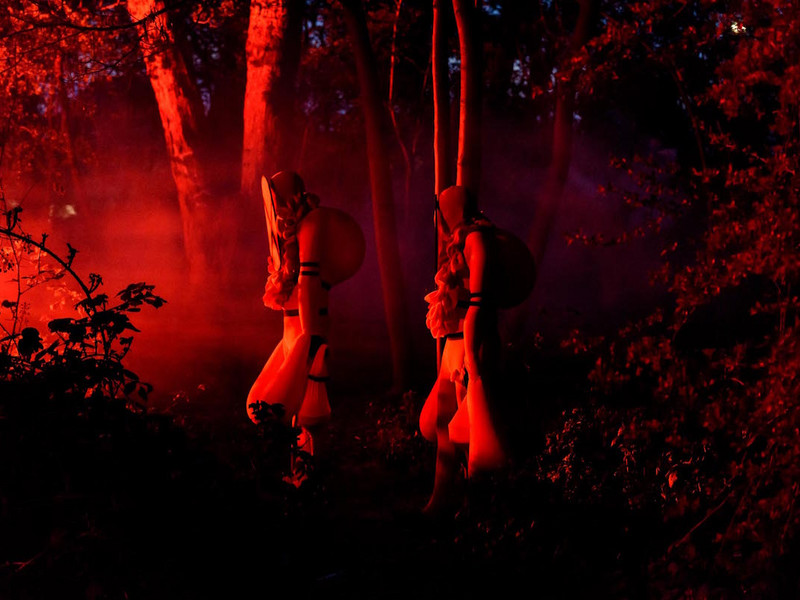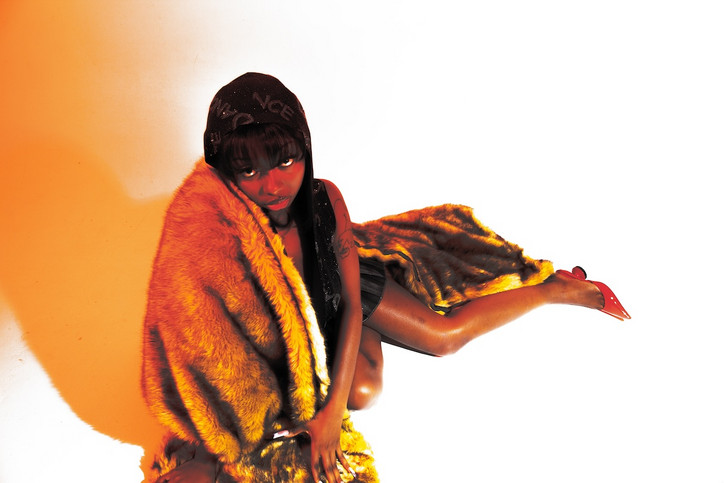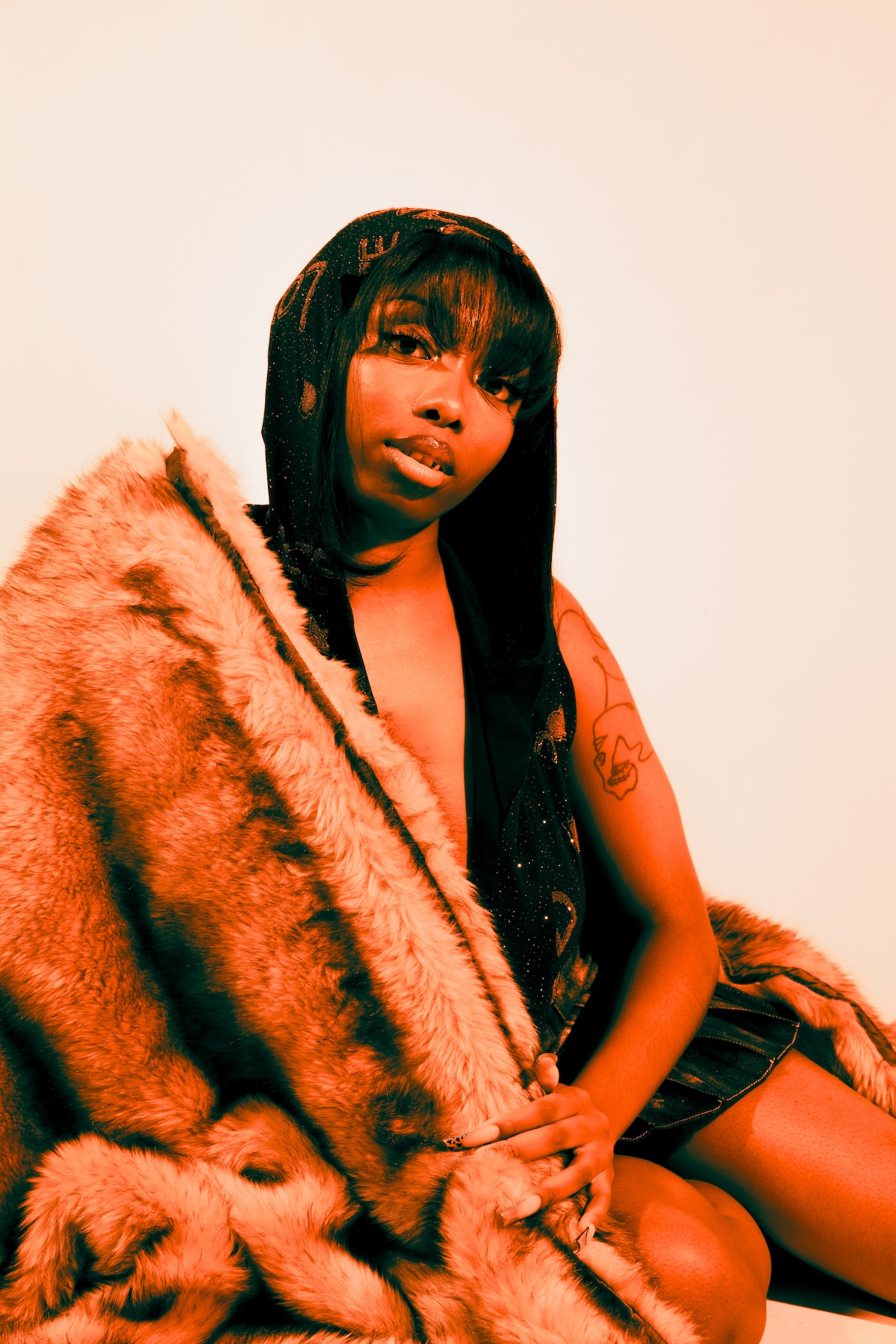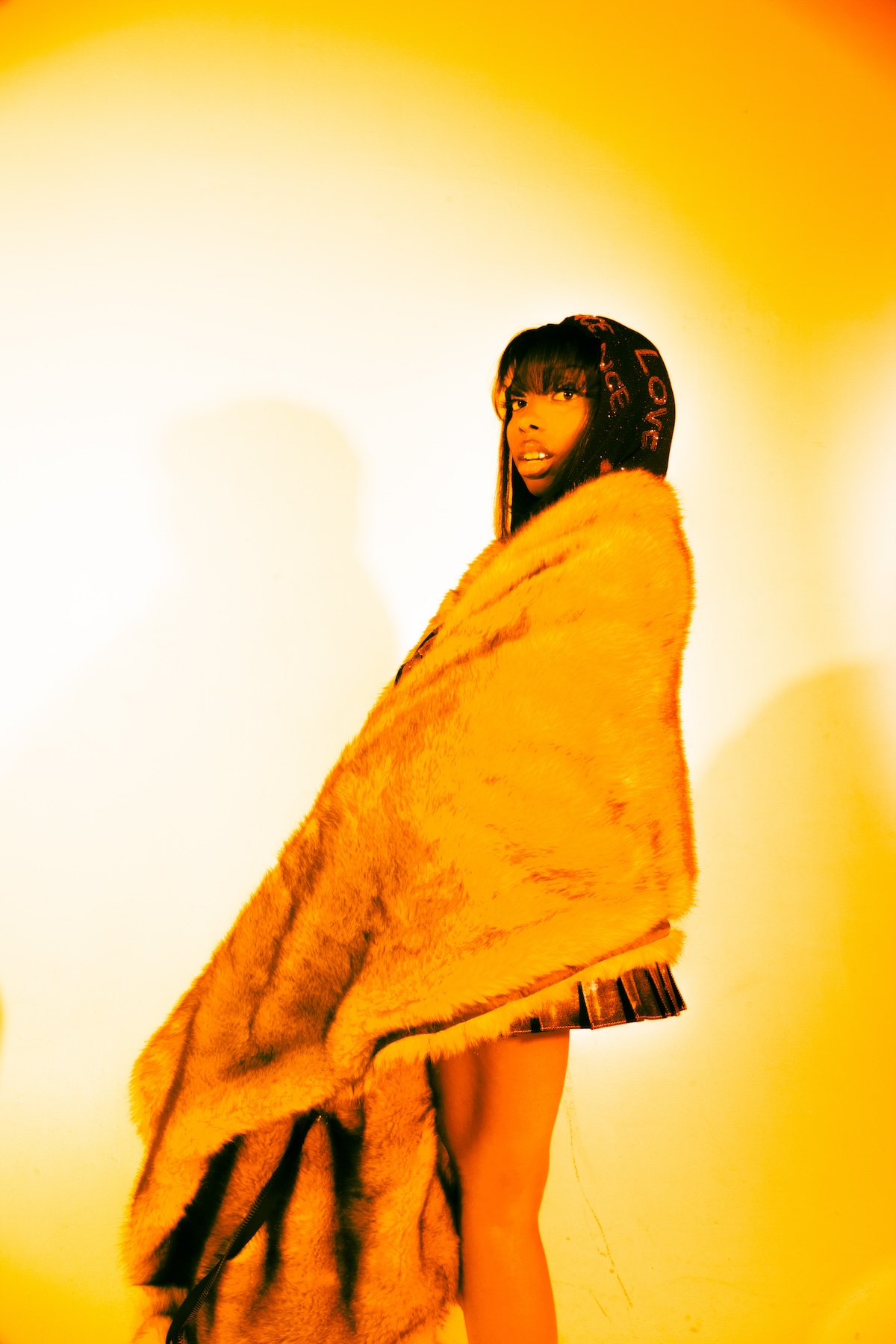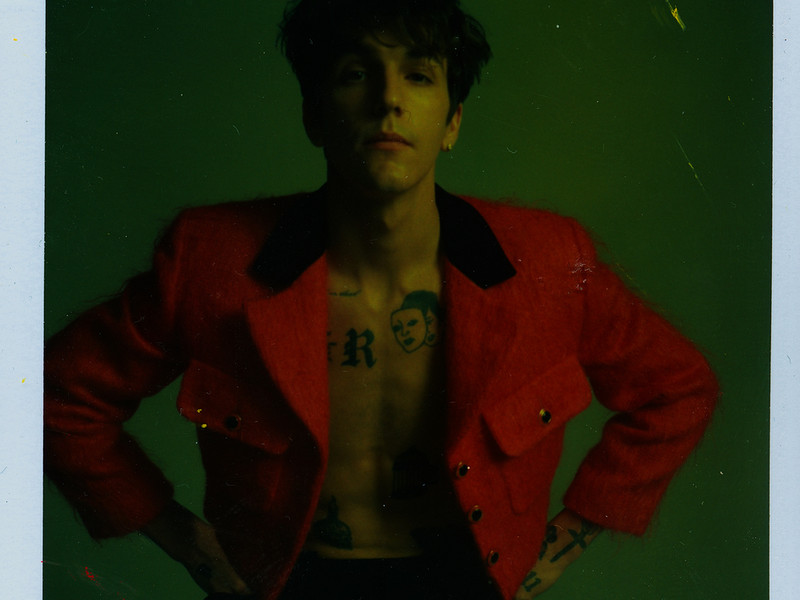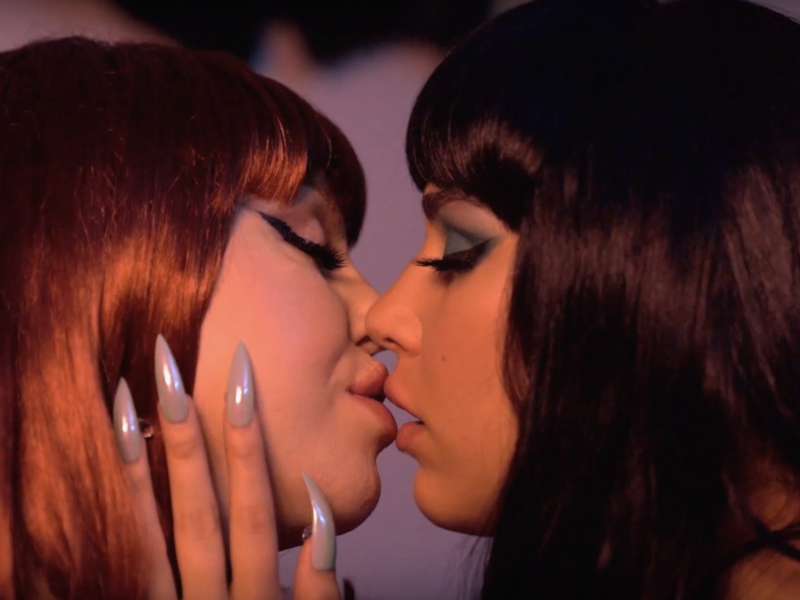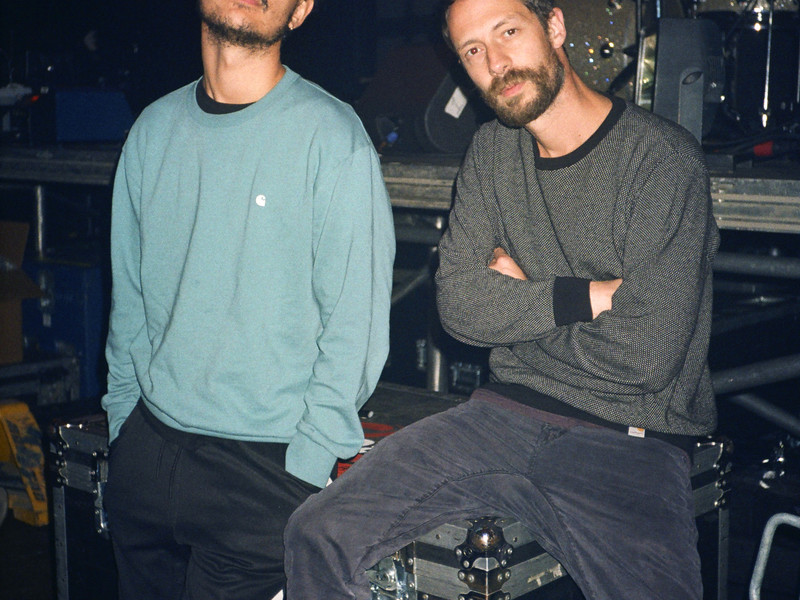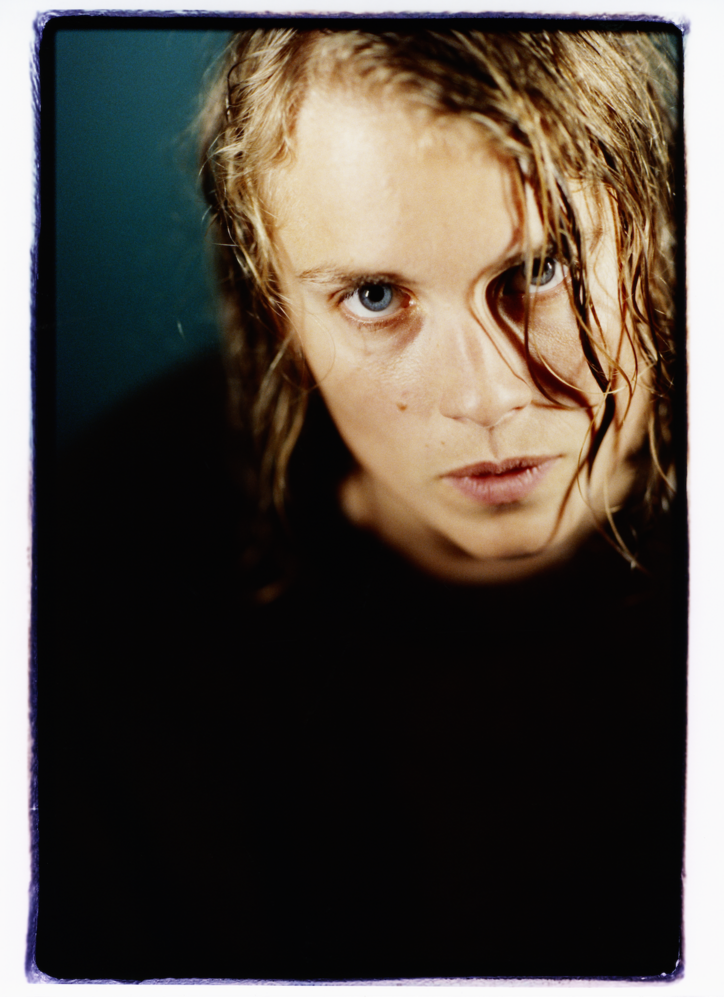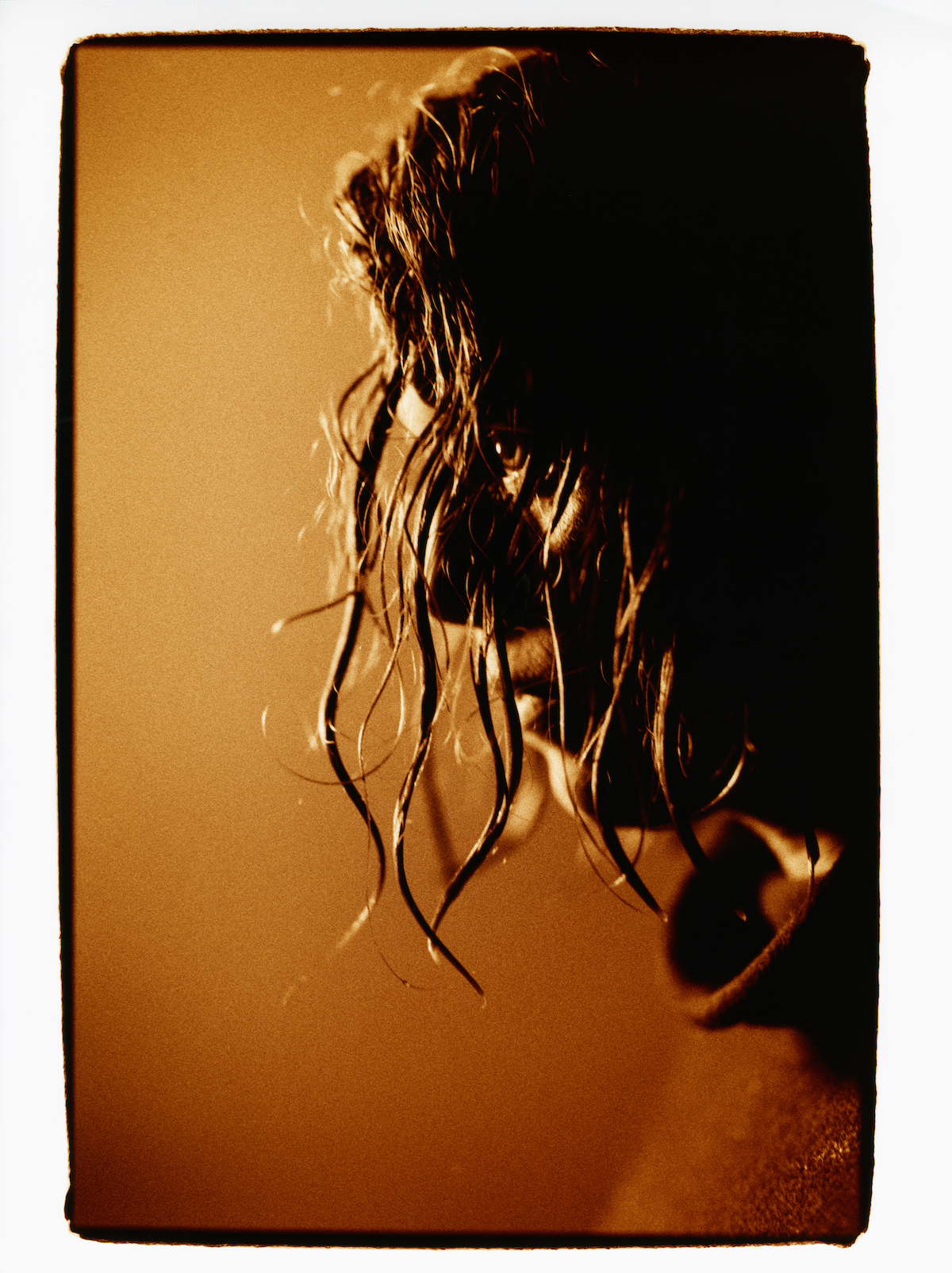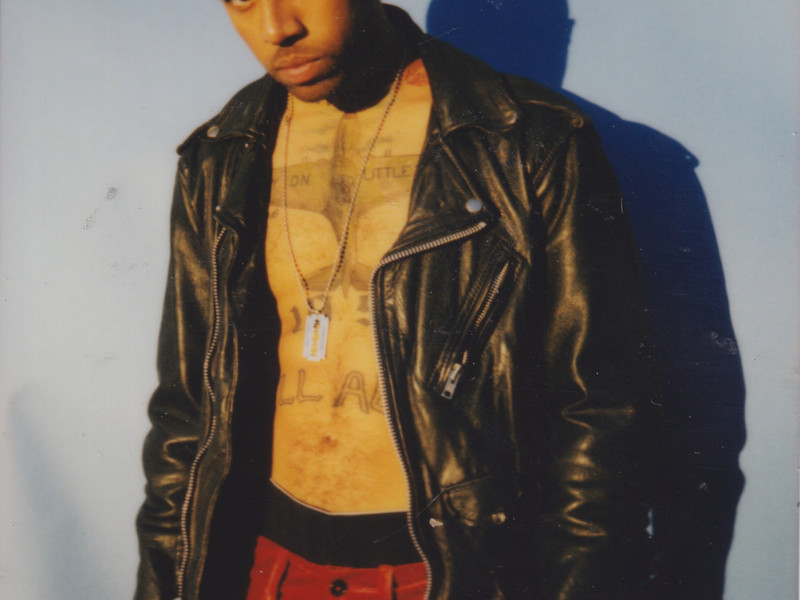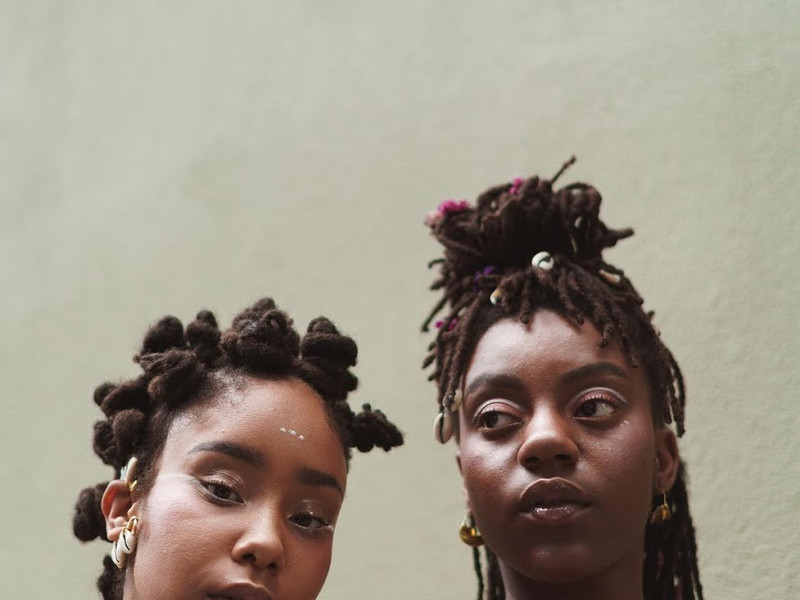Kidä on Love, Sex, and Protest
Now that the singles are curated together — can you share more about the story your EP is telling?
Savage Ballet explores romance as a radical act of protest in the face of a dystopian, apocalyptic future. There's something grotesque yet necessary in allowing love to consume you as a final act while the world burns — a kind of poetic defiance. The record is a meditation on a bittersweet, almost violent collision between desire and destruction, beauty and survival.
What was your most savage moment?
At 17, I worked at a record store, where my boss was sexually harassing me. One night after a shift I held him up with 911 dialed. He emptied $7,000 from the tills into my purse, and I left in a cab. When I got home, I threw the cash onto my bed and made snow angels in it. Never heard from him again.
How does travel and living in different parts of the world inform your sound?
I’m addicted to change. It dismantles routine, breaking down the habitual thinking and comfort zones that can trap creativity. Being exposed to different perspectives introduces new modalities, transforming the creative process from an echo chamber of your own thoughts into a laboratory for experimentation. That disruption is essential for artistic growth — it's where real innovation happens.
If this album was a score to a film, who would be cast, and what films come to mind?
The film doesn't exist yet — maybe a surreal sci-fi romance thriller set in the Middle East. The Cell comes to mind. I wish I could’ve scored it — that film is my religion.
How do your practices of sound design and music creation interact?
I feel they’re in constant dialogue, like a duet. Melody is an emotional language that conveys mood, while sound design is tactile language that sets the physical environment. Together, they build an immersive ecosystem of sound, space, and metaphor.
What are three songs from your sex playlist?
I don’t have a sex playlist — the moans are the symphony. Although, I once had sex to Jon Hassell’s "Last Night the Moon Came Dropping Its Clothes in the Street", and it felt like we were detectives having an affair in the middle of a crime scene. Kind of demented but hot.
If this EP is found as an artifact in the future, what do you hope people will learn?
Evil is boring, but love is an act of heroic genius.
What are you craving right now?
A Free Palestine.
Does art have to mean anything?
Artists are the antennae of the world. They reflect the times, consciously or subconsciously, so I believe meaning is always encoded — even if not immediately apparent.
What was the last thing you manifested?
Love.
What new sounds are resonating with you after this project, and what do you feel called to create next?
I’m still drawn to trip-hop, but evolving it — more feathers, tendrils, glitches, and curveballs. I’d like to see how far I can push that sound into unexpected realms.
How do you incorporate new technology into your creative process?
I’ve started using AI facial recognition for movement tracking to map sound in 360-degree environments. I’m also in talks with an AR startup to explore immersive, interactive ways to experience music.
Can you share some of your thoughts on sound as a healing art?
I’ve been diving into the quantum physics of sound, cymatics, and solfeggio frequencies for three years now. It’s a dense but fertile area, with the potential to solve some major mysteries. For instance, Stanford research shows that solfeggio frequencies might regenerate cardiac tissue. The universe began with sound — the Big Bang — so it makes sense that sound has the power to create and regenerate cells and matter. I’m developing an installation to explore this concept further.
The visuals for this album feel timeless. How was the process of creating the music related to the visual representation of your concept?
Thank you! I wanted to craft a trip hop album with a future-facing metallic sheen. The process was more or less intuitive. Songs typically start very chaotic and then are refined. There’s so much aesthetic tonality in the music — I wanted the visuals to leave room for the listener’s projection. The white backgrounds and minimal compositions allow that freedom. I think that when complexity and intention are presented in divisively simple ways, it feels timeless. You and Neva Wireko were instrumental collaborators in that process.
Beach or desert?
Desert oasis. Lençóis Maranhenses in Brazil and Tozeur in Tunisia are my dreamscapes.
What’s your favorite indulgence?
Being underestimated. And lychees.
What do you collect?
Silver jewelry, guitar pedals — I love running synths through them — and perfumes. I’m addicted to anything with cardamom.
How do you manifest?
I treat manifestations like a to-do list, rather than nebulous dreams.
If your house was on fire and your pets, family, and important documents were all safe, what would you save?
Nothing. Call insurance — let’s go shopping.

